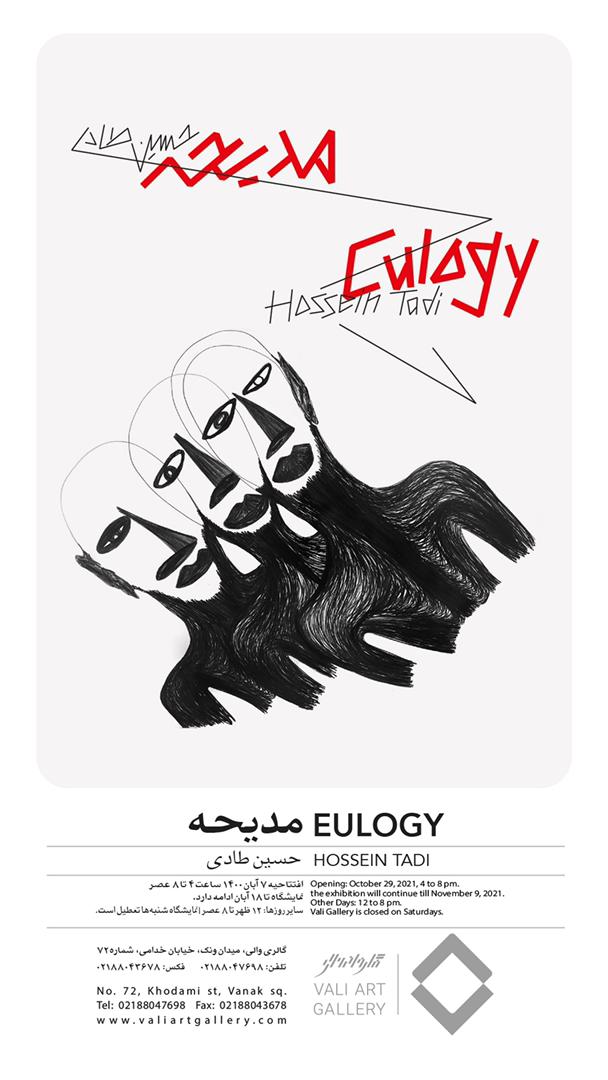Artists participating
Eulogy
“I have never been aware before how many faces there are. There are quantities of human beings, but there are many more faces, for each person has several. There are people who wear the same face for years; naturally, it wears out, it gets dirty, it splits at the folds, it stretches, like gloves one has worn on a journey.” These phrases are the descriptions of facial features in The Notebooks of Malte Laudris Brigge by Rainer Maria Rilke. In this quote, the complexity and vulnerability of the face reveal themselves. The Face is the most vulnerable part of the body since its defacement leads to the desolation of a human’s identity. Injury or amputation never plays such a role. The Face is the identity former and also a mirror towards others. The other looks at himself towards my face and “I am in someone’s else face”. The Face has various functions due to which lots of attention in the history of images have been drawn. Among these functions, we can mention three of them which are relevant to individuality directly: expressing one’s idea and attitude by the face, recognizing intellectual feelings, and at last an intermediary to access one’s inside. In a sense, the face makes the inside or invisible things, visible. Through this perspective, portraying can be considered as one of the most philosophical genres of painting. The Hossein Tadi 50-meter drawing is a multiplication of faces. In the new media we confront multiplied faces and paying attention to solo faces, unlike the classic portraying, is meaningless. Faces are fluid in these mediums and according to Rilke every person has “several faces”. Each of these faces is worn depending on the condition, then either they get old or the necessity of their change can be felt. Sometimes the environment changes or exchanges the face. The more fluid the face, the less it can reveal the inside, and it gets more complicated to express the identity. The eccentric dimensions of this drawing show such a characteristic. By employing an absolutely classic medium, Tadi has worked on a fluid concept. This drawing discloses and conceals the faces. It is not supposed to display the entirety and generality like a common drawing in and be hung on the wall. Each time it can be shown in a different approach, and it can also bury some of the artist’s efforts in the faces’ multiplication. The way of presentation is a part of fluidity and multiplication of face and can justify its creation in such dimensions. While Tadi works on the formation and multiplication of hands, he still stands for the face. Being impossible to cut down the face into just one organ, Georg Simmel states in The Aesthetic Significance of the Face that each part of the body can be in the position of the face, if it has the ability to veil and unveil the spirit. The position of the face is to disclose and conceal. Tadi has cut down the face to the main parts in his drawings, to the lines. He doesn’t pay attention to individual similarities but to common features. This has made the face mask-like. Masks are parts of the cultural history of the face. Masks are intermediaries to cover and cut down the face. They remind the fluidity of the face. More than anything else, the faces that the artist has depicted are mask-like. Masks stretch and are worn like gloves. They are those faces that get dirty and worn out.
Amir Nasri
